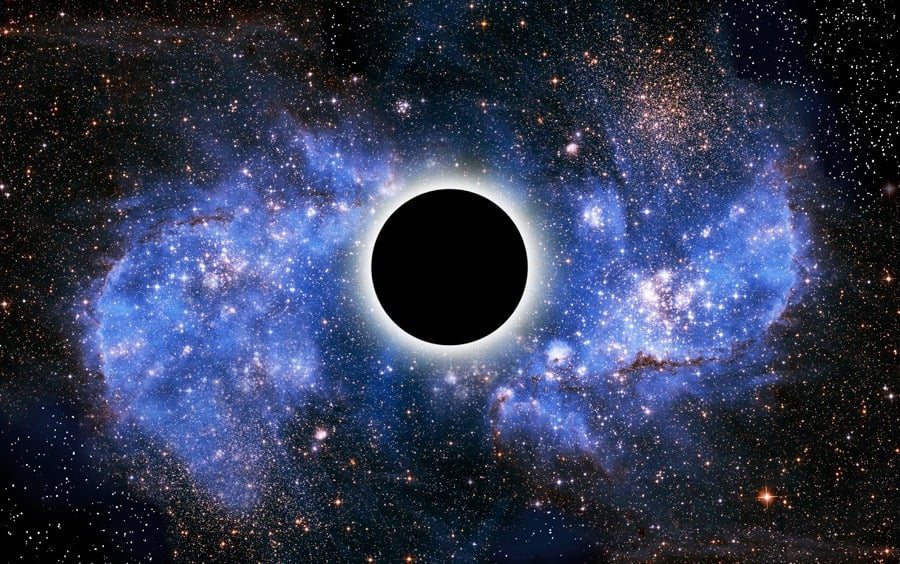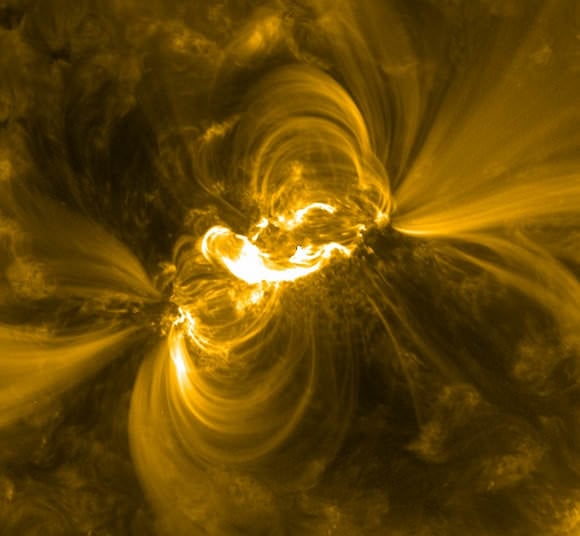20 Million Observations by Amateur Astronomers!

Discovery: A Look Back Before Her Last Flight
The Moon Just Got Bigger

'Climate Change Satellite' Gets its Day in the Sun -- Finally

Orrery of Kepler's Exoplanets
As Seen from Space: Ghostly, Ethereal Island

Movies of Comet Tempel 1 Encounter by Stardust-NExT

Discovery's final crew arrives at NASA's Kennedy Space Center

Another Must-Have Tool for Astronomers: A Shovel

Film Review: Nostalgia for the Light (in Atacama)

Blogging the Moon

Spectacular ATV Kepler Launch Photo Captured from Orbiting ISS

Astronomy Without A Telescope - Black Holes: The Early Years

Continent-Wide Telescope Array Now Seeing 450 Million Light-Years Into Space

NASA Sets STS-133 Launch for February 24

Sunspot Activity Hasn't Stopped Yet

First-Time Solar System Mosaic From the Inside Out

NASA Weighs Risks of Unique Photo-Op at Space Station

Sun Erupts with Enormous X2 Solar Flare

First-Time Views of Solar System Births

Hubble Zeroes in on Hot, Young Stars

Cosmology 101: The Beginning

About that Giant Planet Possibly Hiding in the Outer Solar System...

ATV Successfully Launches to Space Station
50 Years of Human Spaceflight: Yuri's Night Video Contest
NASA's Stardust Discovers Human made Deep Impact Crater on Comet Tempel 1

Study: Thawing Permafrost Could Accelerate Global Warming
Galaxy Size Matters ... And This is Not a Rorschach Test

Stunning New Look at Reflection Nebula Messier 78

What Is A Singularity?

The concept of a space-time singularity - where time and space itself become infinite and undifferentiated - is one of the most fascinated and confounding problems of modern physics.
Continue reading
Magnetic Levitation
Helmholtz Coil
Dipole Moment
Fiscal Squeeze Could Freeze NASA Budget for Five Years
Why Does Saturn Have Rings

ATV 'Johannes Kepler' Launch to Space Station Delayed to Wednesday
Stardust-NExT Unveils Astoundingly Detailed and Crater-rich Photos of Comet Tempel 1

Thick Stellar Disk Isolated in Andromeda

Stardust-NExT zooms by Comet Tempel 1 for Cosmic Encounter

From Mars with Love on Valentines Day

More Help on the Way for Verifying ExoPlanets in Kepler's Dataset

Carnival of Space #184

Sun Unleashes Biggest Flare of the Current Cycle

The Moon Loves You

Romantic Valentines Day Encounter Looms with Icy Comet

Message in a Wobble: Black Holes Send Memos in Light

Astronomy Without A Telescope - Plausibility Check

NASAs First Orion Capsule Ships for Crucial Deep Space Tests

Gallery: WISE's Greatest Hits

 Universe Today
Universe Today